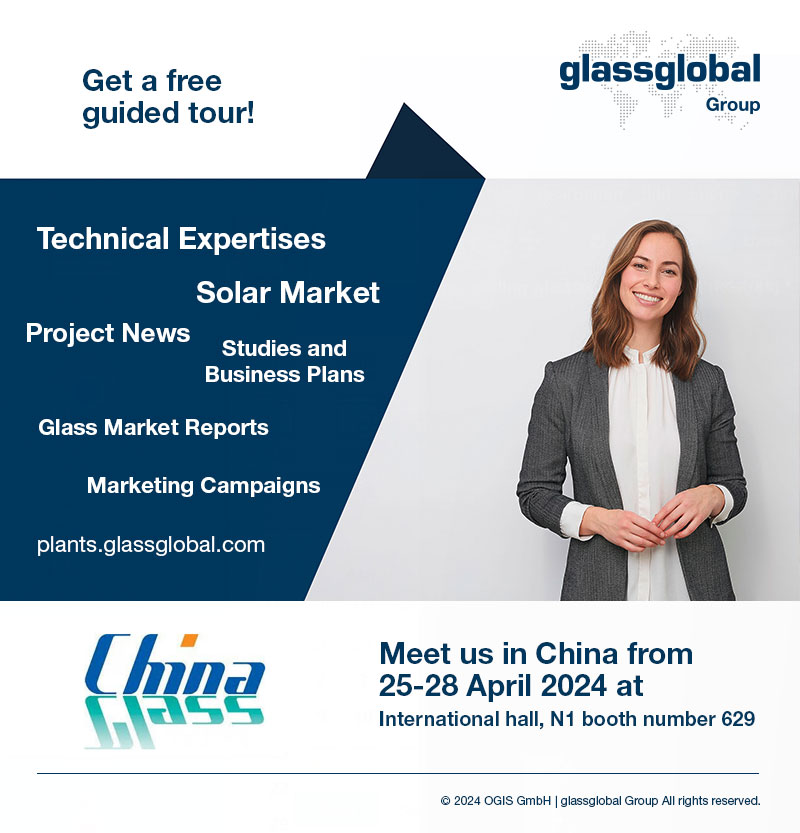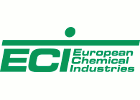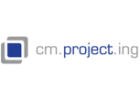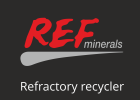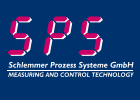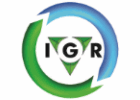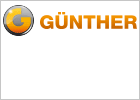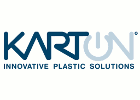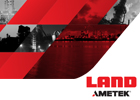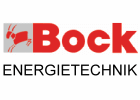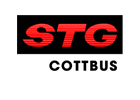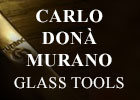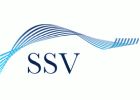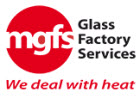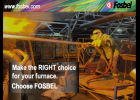INFO
Dies sind die Basisdaten für das ausgewählte Unternehmen. Diese Firma stellt weitere Informationen wie z.B. Webseite, Telefon- und Fax-Nummern, Ansprechpartner, Firmengeschichte, Details bereit.
Um diese Informationen einzusehen benötigen Sie einen gültigen "Profile Access" für glassglobal.com. Die Konditionen können Sie über folgenden Link: Preis Info einsehen
Kontakt Info
| Anschrift | Kolorfusion International, Inc. 5401 Oswego Street, Unit C Denver, CO 80239 |
| Land | USA |
| Staat | Colorado |
| Ihre Nachricht an Kolorfusion International, Inc. |
Produkte oder Maschinen
The Kolorfusion process is based upon an ink/dye transfer process called dye sublimation. The dyes when heated will vaporize and if next to a suitable polymer substrate, such as coatings or plastic, the dyes become part of the adjacent substrate. Accordingly, the substrate must be able to withstand a minimum temperature of 280°F. Heat deflection and vicat softening point for a plastic part are good indicators to determine if the current plastic being utilized are suitable. Most coatings are acceptable to the process and can withstand process temperatures up to 375°F.
Since the dyes are actually a vapor they are in effect transparent. Accordingly, the substrate color should be light in color so as to allow the design to be seen. If the coating or plastic part is a translucent, then again the dyes will take on the hue of the translucent. Metal, glass, wood must first be coated prior to processing. Anodized aluminum can receive the dye vapors prior to sealing the anodic coating. Other materials that have micro pores using polymer chemistry to receive the dyes can also be decorated. Manufacturers, please contact our sales department so that a sampling can be done for your manufactured parts.
Any image can be created using digital technology such as photos, computer imagery, artist’s renditions or scans of natural materials such as wood grains and marbles. The design can be from our existing patterns or can be developed for the manufacturer. Typical new design turn-around times are 1-2 days from approval date of colors and image quality. Our sales department will be happy to provide you with processing cost proposals or licensing information.
